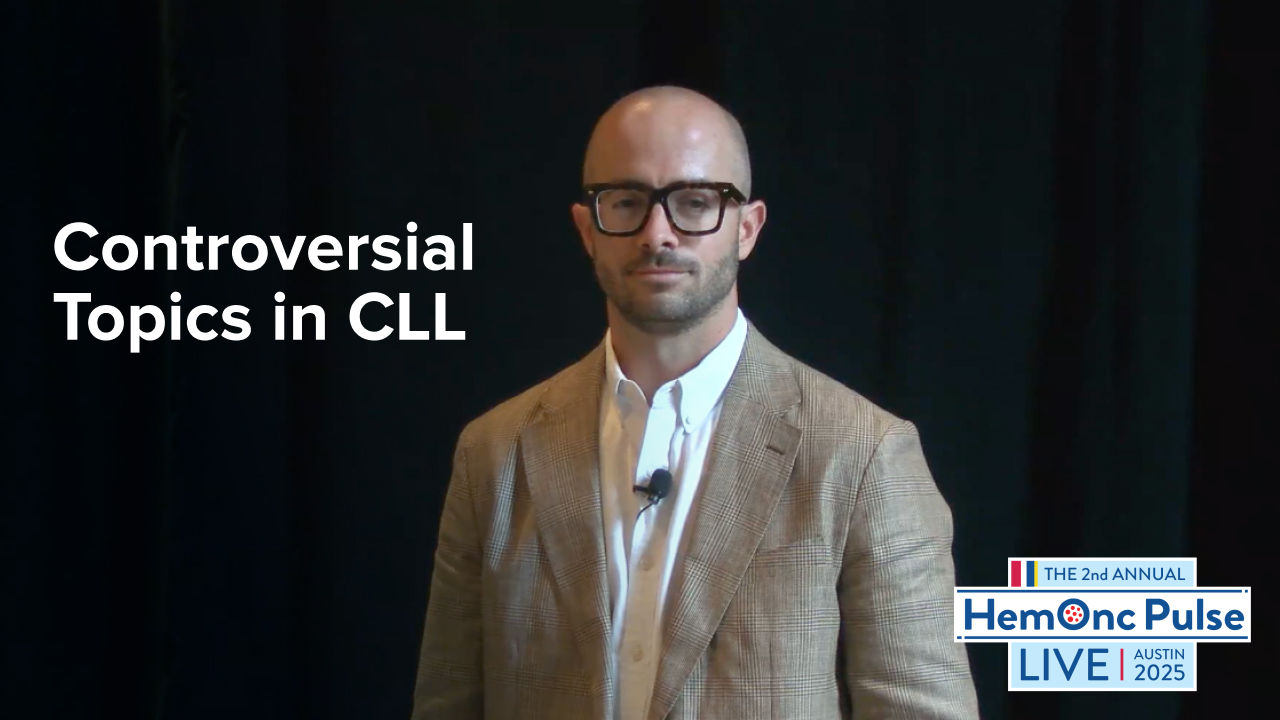
Adherence to oral anticancer agents (OAA) appeared to be good among adults with chronic myeloid leukemia (CML), according to an abstract from the 2022 American Society of Hematology Annual Meeting.
However, adherence declined as comorbidity burden increased, study researcher Justin Gatwood, PhD, MPH, of the University of Tennessee Health Science Center in Nashville, Tennessee and colleagues found.
“Pre-existing chronic disease is common among patients with cancer and initiating OAA therapy increases treatment burden on adults with both CML and multiple chronic conditions [MCC],” researchers wrote in the abstract.
The retrospective study used information from commercial and Medicare claims for 2013-2018 to assess adherence to OAA for CML and whether initiation of an OAA affected adherence to medications for existing chronic conditions. The analysis included patients 18 and older diagnosed with CML who had at least two claims for an OAA and continuous enrollment for 12 months before and after OAA initiation. All included patients were also being treated for at least two chronic conditions (diabetes, hypertension, or hyperlipidemia plus at least one other chronic condition).
The average first-year OAA adherence was good, with 84.5% of commercially insured patients adhering, and 80.1% of Medicare enrollees adhering to requirements.
Increasing comorbidity burden was the only significant predictor of decreased odds of OAA adherence for both Medicare participants (odds ratio [OR], 0.92; 95% CI, 0.87-0.97) and commercial participants (OR, 0.78; 95% CI, 0.67-0.90).
When looking at adherence to other medications, the researchers found that adherence to statins in the year of OAA initiation decreased compared with the year before OAA initiation. However, there were significant improvements seen for those with commercial insurance on antihypertensives or antidiabetics.
Compared with the first six months of OAA, the mean proportion of days covered (PDC) in the latter six months after OAA initiation were “noticeably lower,” the researchers observed. This decrease occurred regardless of comorbidity or payer cohort and PDC decline ranged from 4.2 percentage points for antihypertensives in Medicare participants to 10.1 percentage points for antidiabetics in commercial payer participants.
According to Gatwood and colleagues, “these findings imply a need for careful monitoring of medication use in patients with CML and MCC over the course of time given the risk for eventual declines in comorbid chronic disease medication adherence.”
Reference
Gatwood J, Dashputre A, Gatwood KS, et al. Impact of Initiating Oral Anticancer Agent Therapy for Chronic Myelogenous Leukemia Among Adults with Multiple Chronic Conditions. Abstract #4949. Presented at 64th ASH Annual Meeting and Exposition; New Orleans, Louisiana.






 © 2025 Mashup Media, LLC, a Formedics Property. All Rights Reserved.
© 2025 Mashup Media, LLC, a Formedics Property. All Rights Reserved.